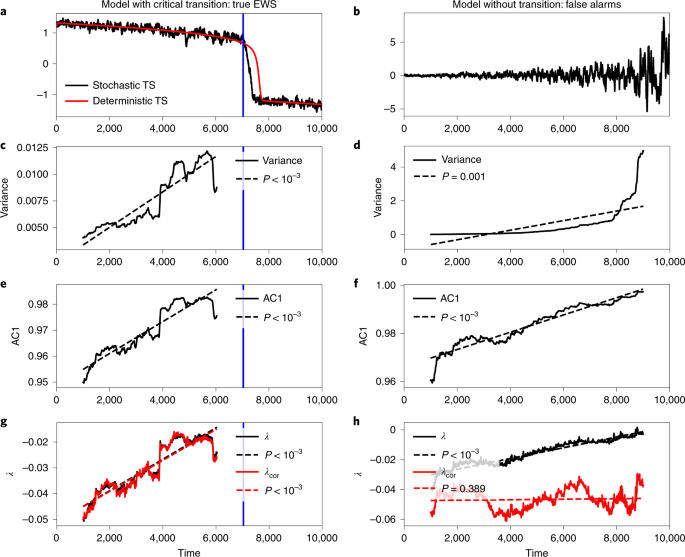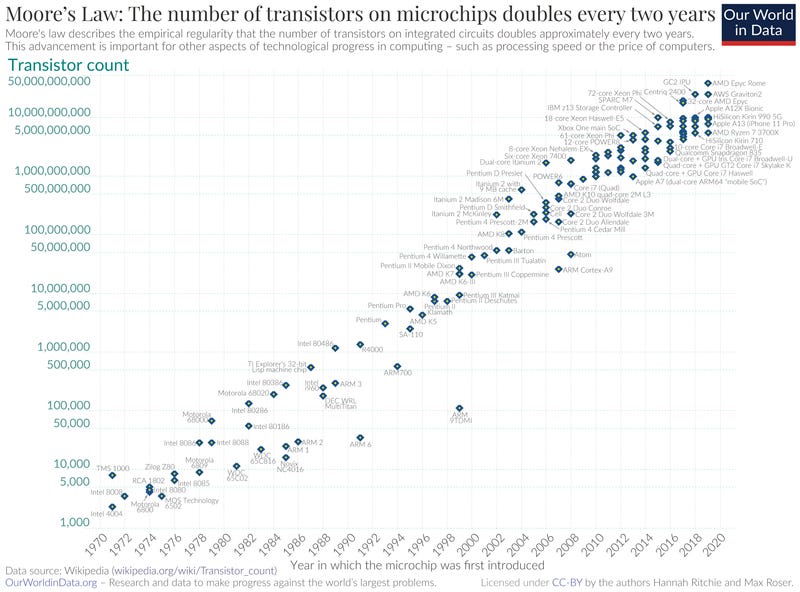
Observation-based early-warning signals for a collapse of the Atlantic Meridional Overturning Circulation
Nature Climate Change volume 11, pages 680–688 (2021 )Cite this article
The Atlantic Meridional Overturning Circulation (AMOC), a major ocean current system transporting warm surface waters toward the northern Atlantic, has been suggested to exhibit two distinct modes of operation. A collapse from the currently attained strong to the weak mode would have severe impacts on the global climate system and further multi-stable Earth system components. Observations and recently suggested fingerprints of AMOC variability indicate a gradual weakening during the last decades, but estimates of the critical transition point remain uncertain. Here, a robust and general early-warning indicator for forthcoming critical transitions is introduced. Significant early-warning signals are found in eight independent AMOC indices, based on observational sea-surface temperature and salinity data from across the Atlantic Ocean basin. These results reveal spatially consistent empirical evidence that, in the course of the last century, the AMOC may have evolved from relatively stable conditions to a point close to a critical transition.
The HadISST reanalysis data used here are publicly available at https://www.metoffice.gov.uk/hadobs/hadisst/. The CMIP5 data are publicly available at https://esgf-node.llnl.gov/projects/cmip5/. The grid cells used to define the subpolar gyre region can be downloaded from http://www.pik-potsdam.de/caesar/AMOC_slowdown/. Ocean salinity data can be obtained from https://www.metoffice.gov.uk/hadobs/en4/.






/https://public-media.si-cdn.com/filer/b8/cb/b8cbe79b-97c7-4175-bb3c-a3286a641224/grissom.jpg)






/cloudfront-us-east-1.images.arcpublishing.com/pmn/2OMDYOYIKRDYJOSDNJCST4GN34.jpg)








